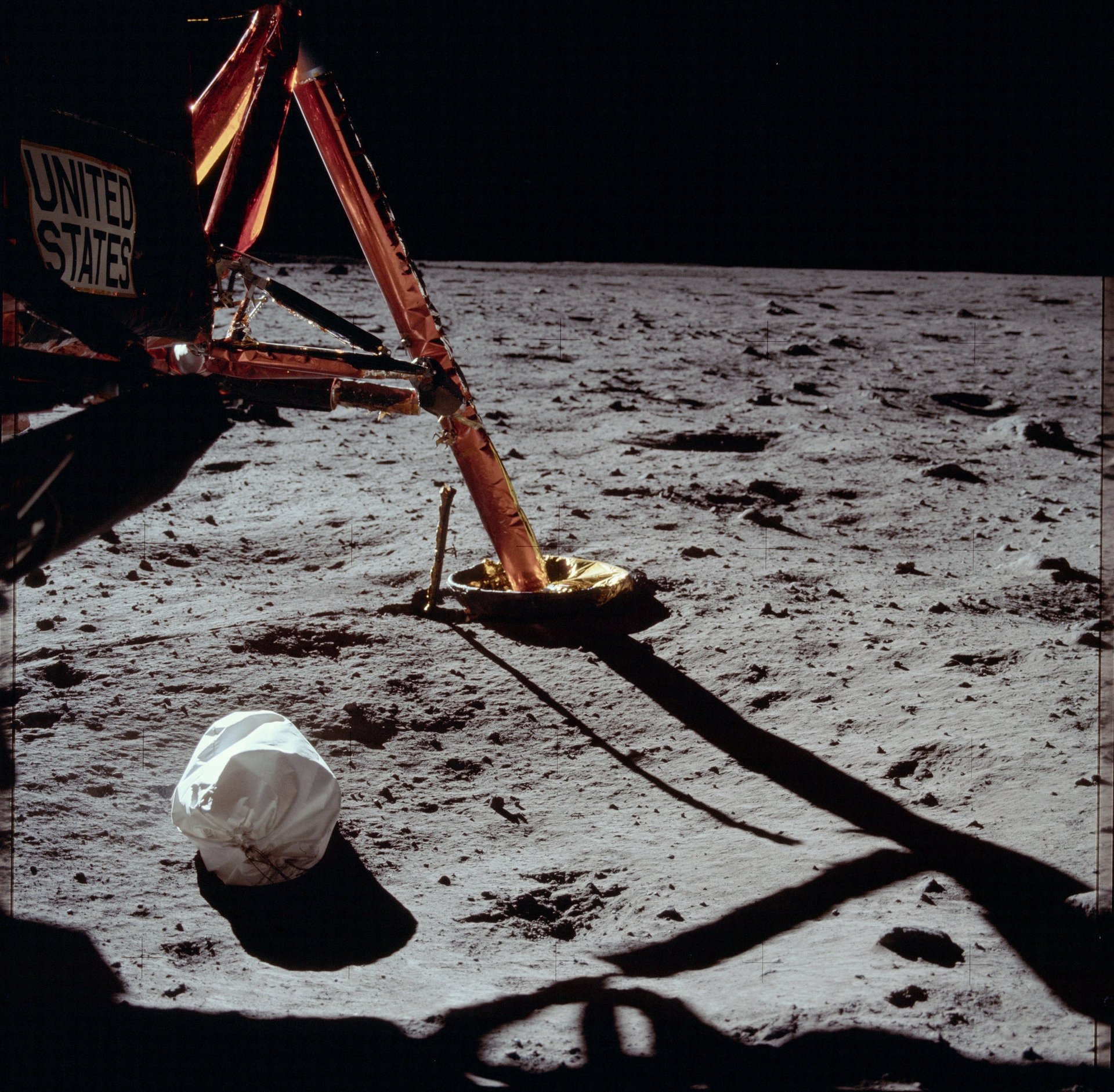Five vital facts about our return to the moon
Need a few points to make you sound like you think about space and the moon for a living? Here are five big takeaways from our field guide this week.


Need a few points to make you sound like you think about space and the moon for a living? Here are five big takeaways from our field guide this week.
Space is the great untapped market
A Morgan Stanley research report estimates that, by 2040, revenues from space-based businesses could exceed $1.1 trillion, up from $350 billion today.
Rocket prices keep falling
Driving that growth is the decreasing cost of getting something into space. SpaceX, founded by Elon Musk, has a starting price of $62 million for an orbital launch. That’s far less than its competitors like United Launch Alliance (a joint venture between Boeing and Lockheed Martin) and governmental space agencies, which have prices that exceed $100 million and only go up from there.
Lunar water could be the new oil
A renewed interest in returning to the moon is driven by a very simple thing: water. Ice deposits have been detected at the polar regions of the moon. That ice could be converted into oxygen for workers and hydrogen for fuel. George Sowers, a veteran aerospace engineer who is now a professor at the Colorado School of Mines, has helped develop architecture that would produce fuel on the moon at a cost of $500 per kilogram. That sounds expensive for something that costs $1 per kilogram on earth—but it costs $4,000 to bring that same fuel into space. If rockets and satellites could be refueled in orbit at a lower cost, it would enable all kinds of businesses—including lunar transportation. It could even enable a faster, cheaper trip to Mars.
China wants to go to the moon
China’s space program is squarely pointed at the moon, expected to culminate in the 2030s with humans returning to the lunar surface. China is using its space technology program to build international relationships just as the US has, soliciting other countries to become partners with it in building a new space station in 2022. The European Space Agency and Roscosmos, Russia’s space agency, have begun working on joint astronaut training activities with China, though there is no formal plan for joint spaceflight right now. US law forbids any cooperation with China’s space program, which is seen as too close to the Red Army for hawkish Republican lawmakers.
A possible lunar land grab
Current international law maintains that no government or private entity can lay claim to any territory on the moon. However, a 2015 US law does allow for companies to own things taken from the moon. This creates a potential legal and geopolitical problem: If a government or entrepreneur wanted to, say, mine for certain lunar minerals, or set up communication or scientific arrays in spots that were extremely limited in number on the lunar surface, it would effectively prevent others from doing the same. We could see something akin to the gold rush, hundreds of thousands of miles in space.